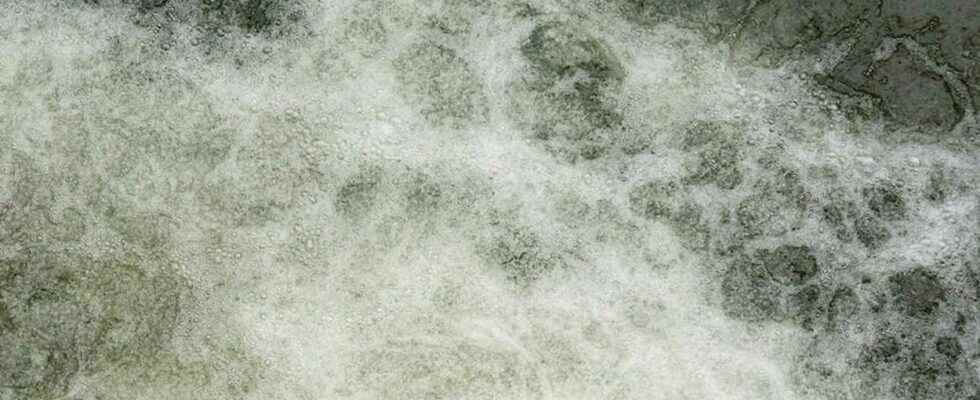SAccording to the latest data from the FAO (Food and Agriculture Organization of the United Nations), freshwater withdrawals for human activities (agriculture, industry and domestic use) have doubled in less than 50 years in the world to stand at 3,880 billion m³ in 2017. With 648 billion m³, India is the country that withdraws the most water, ahead of China (592 billion m³), the United States (444 billion m³), Indonesia (223 billion m³) and Pakistan (200 billion m³).
The European Union takes 197 billion m³, with Italy taking the lead (34 billion m³), ahead of Spain (31.2 billion m³), France (26.5 billion m³) and Germany (24.5 billion m³). Water withdrawals have fallen by 19% in France since 1982, when they were 32.5 billion m³. They are also to be compared to the 175 billion m³ which each year, through precipitation, supplies the country’s freshwater reserves.
READ ALSOIn Seillans, these inhabitants who must learn to live without water
Agriculture, first consumer
Turkmenistan has the highest annual water withdrawals per capita (5,753 m³), ahead of Iraq (2,646 m³), Chile (2,152 m³), Tajikistan (1,619 m³) and the United States (1,543 m³). At the other end of the scale, annual water withdrawals per capita are only 11.42 m³ in the Democratic Republic of Congo, 17.25 m³ in the Central African Republic, 17.53 m³ in Benin. Within the European Union, the highest levels of water withdrawal per capita are observed in Estonia (1,310 m³ per year), Finland (1,241 m³) and Italy (900 m³). They are in France of 475 m³.
Globally, water withdrawals for agriculture account for about 70% of the total volume, compared to 20% for industry and 10% for domestic use. They reach an average of 90% in the poorest countries on the planet, with peaks of up to 99.5% in Somalia, 98% in Afghanistan, Nepal and Mali. They also represent 90.4% in India. Within the European Union, Greece is the country where the share of water withdrawn for agricultural uses is the highest (80.5%), ahead of Portugal (78.5%), Spain (65.2%) and Italy (51.2%). This share is 11.8% in France and falls to 1.2% in Germany, 1.1% in Belgium, 0.5% in the Netherlands.
